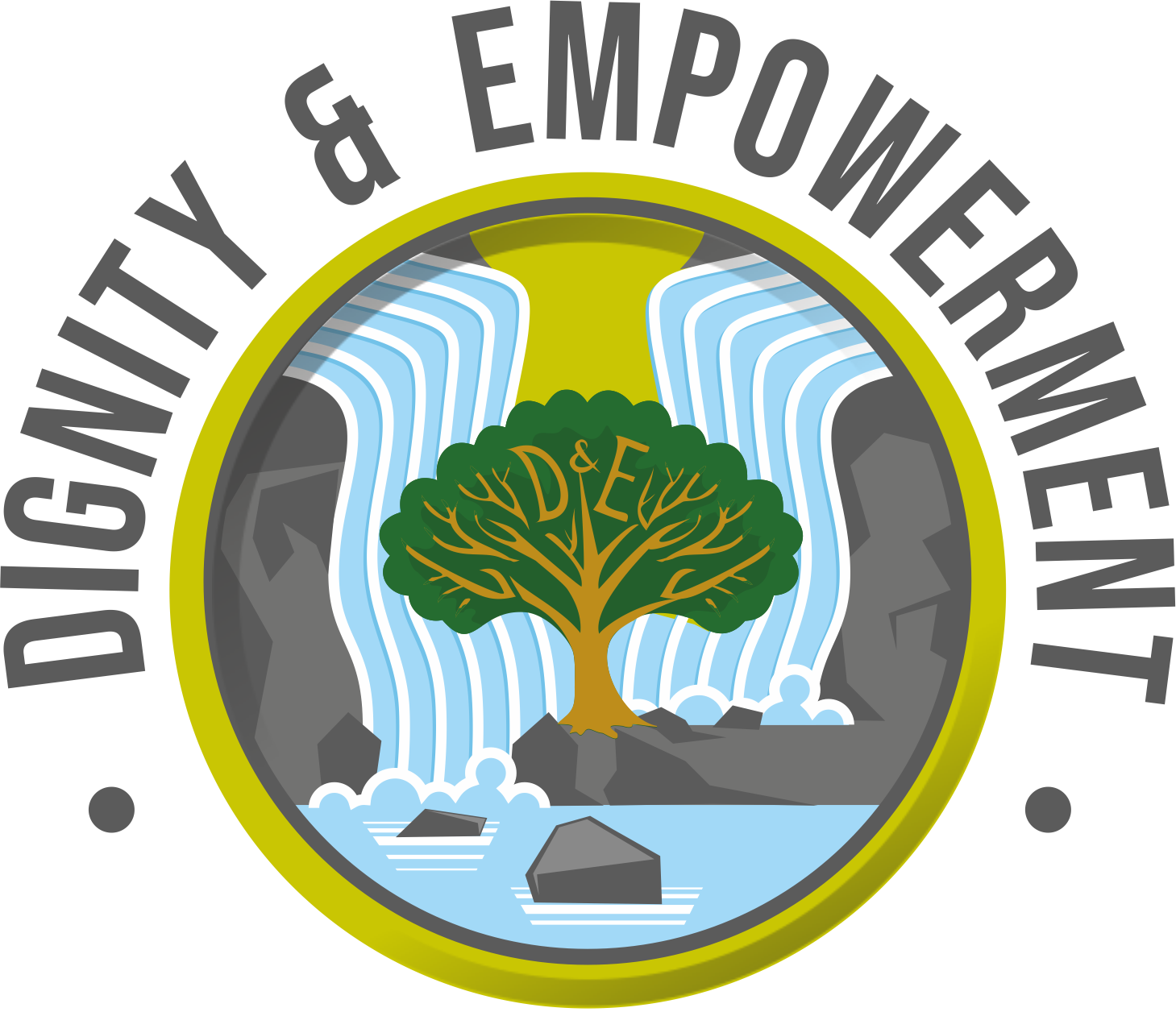lluminating Patient Safety: How Better Visibility of Nurse Call Buttons Enhances Care and Dignity
- Сергій Шама
- Feb 9
- 3 min read

In healthcare settings—whether in hospitals, nursing homes, or rehabilitation centers—accessibility and responsiveness are essential. For patients, especially those with limited mobility or vision, the ability to quickly summon assistance can greatly influence their comfort, safety, and overall experience. Among the many factors that shape patient well-being, the visibility and accessibility of nurse call buttons play a surprisingly pivotal role.
1. The Hidden Challenges of Traditional Nurse Call SystemsConventional nurse call units often rely on small, subtle red buttons placed on larger white panels. In a sunlit room, these buttons may blend unnoticed against white linens and bedding. At night, dim lighting makes it even harder to spot the device. For patients who struggle to move, bend, or visually distinguish objects, finding this critical link to help can be a frustrating and potentially dangerous challenge.
2. Risk Factors Associated with Poor VisibilityDifficulty locating the nurse call button can have serious consequences. Patients may lean over bedside rails or twist into uncomfortable positions attempting to find the device, increasing the risk of falls and injury. Such incidents are not only painful and costly in terms of medical care—they also erode patient confidence and dignity. A patient who fears reaching out for help due to the difficulty or danger involved may delay pressing the call button, resulting in late responses to urgent needs.
3. The Impact on Patient Dignity and EmpowermentDignity in healthcare is not just about delivering quality medical treatment. It’s about ensuring patients feel respected, comfortable, and in control. When patients can’t easily call for assistance—whether for going to the restroom in time or simply addressing discomfort—they become passive recipients of care rather than active partners in their own healing. This loss of autonomy can negatively impact mental health, self-esteem, and trust in the healthcare system.
4. Innovative Solutions: Glow-in-the-Dark Technology and BeyondA new generation of nurse call button enhancements are emerging to address these issues. Glow-in-the-dark covers, for example, improve visibility in both well-lit and low-light conditions. By incorporating luminous pigments and ergonomic designs, these covers help patients quickly identify and access the nurse call unit at any time, with minimal effort.
The result is a tangible improvement in patient safety and comfort. Patients feel more confident knowing that help is literally within sight and reach, rather than feeling abandoned or disoriented in the dark.
5. Fostering a Culture of Patient-Centered CareImproving the visibility of nurse call buttons is just one element in fostering a patient-centered environment. Healthcare providers can also take steps like:
Regular Staff Training: Ensuring caregivers know the importance of timely responses and the best way to educate patients about using nurse call devices.
Environmental Adjustments: Adequate lighting, clear signage, and clutter-free bedside tables help patients maintain a sense of control.
Ergonomic Innovations: Introducing tools and devices specifically designed to accommodate patients with reduced mobility or sensitivity.
Patient Feedback: Encouraging patients and their families to share their experiences can guide improvements in communication tools, lighting solutions, and room layouts.
6. The Broader Implications for HealthcareSmall changes that improve patient experience often have a ripple effect on overall care quality. When patients can easily summon help, staff response times improve, potentially reducing complications and enhancing workflow. In turn, hospitals and care facilities may see an uptick in patient satisfaction scores, better health outcomes, and stronger reputations within the community.
7. A Path to a More Empowered Patient ExperienceBy recognizing the importance of something as seemingly minor as the nurse call button’s visibility, healthcare organizations can take a significant step toward a culture of greater safety, empathy, and respect. When patients know they can quickly and confidently call for help, they regain a sense of control over their environment—even as they navigate challenging health situations.
Ultimately, the improved visibility of nurse call buttons is more than a technological upgrade; it’s a meaningful stride toward dignified, patient-centered care. Such innovations bridge the gap between patient needs and caregiver responsiveness, ensuring that every patient has the opportunity to feel seen, heard, and genuinely cared for, at any hour of the day or night.

Comments